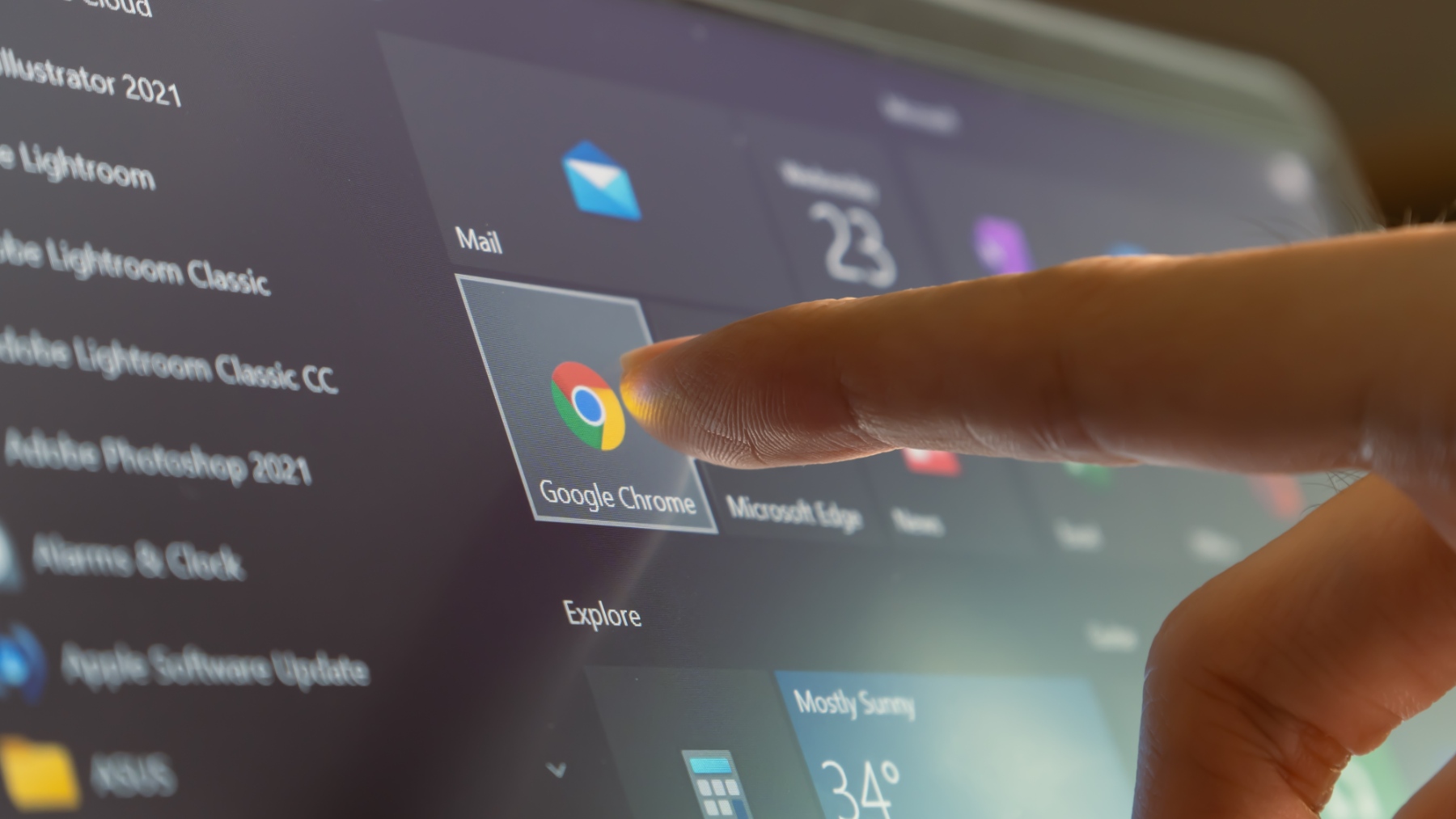Sameer Samat thought he was making small talk. During a TechRadar meeting at Google I/O he noticed the reporter juggling a MacBook, iPhone, and Apple Watch. “I asked because we’re going to be combining ChromeOS and Android into a single platform,” he explained, “and I’m curious how people use their laptops these days.” With that off‑the‑cuff line, Google’s long‑rumored plan to fuse its two operating systems vaulted from whispers to front‑page news.
Twelve hours later, Samat logged on to X to clarify what “combine” means. Google isn’t tossing Chromebooks and Pixels into a blender tomorrow. Instead, engineers are moving ChromeOS onto Android’s Generic Kernel Image, unifying low‑level plumbing so laptops, tablets, folding phones (even smart glasses) boot the same core. Think of it less as a shotgun wedding and more as rebuilding two houses on a shared concrete slab.
Why Google needs one core
Maintaining parallel OSes is expensive. Android and Chrome OS each keep their own kernels, drivers, and update pipelines. Every new Bluetooth stack or security hardening lands twice. That redundancy shows: Android 16 beta ships Gemini Live AI everywhere, but Chromebooks will wait until autumn.
Apple’s single iOS–macOS code base, by contrast, pushed satellite SOS and password‑manager upgrades to phones and Macs simultaneously.
Google’s accountants see another benefit: fewer barriers for developers. One binary that scales from a 6‑inch phone to a 14‑inch Chromebook slashes testing costs. And as AI workloads balloon, the company wants every device to tap the same on‑device models rather than splitting resources.
Where things stand today
ChromeOS, released in 2011, runs on a custom Gentoo‑based Linux and hinges on the Chrome browser. It updates every four weeks and powers about 38 million active devices, mostly in U.S. schools. Android, sitting on a different Linux variant, commands 71 percent of global phone share. Both already borrow from each other: Chromebooks can sideload Android apps; Android 14 introduced a desktop mode that resizes windows like a laptop.
Under the hood, though, they diverge. ChromeOS updates in read‑only partitions and boots in seconds. Android relies on A/B slots and longer OTA cycles. Merging the kernels erases those seams.
What unification could look like
Google insiders hint that the Android 17 release —slated for fall 2026— may launch with a desktop shell that morphs on larger screens while Chromebooks quietly switch to the Android kernel. Users would still see the ChromeOS brand on laptops and “Android” on phones. But app compatibility, security patches, and AI features would flow from one stream.
Developers could target a single SDK, and the Play Store could finally treat Chromebooks as first‑class citizens rather than oversized phones. Imagine dragging a Google Docs window from a Pixel Tablet to a Chromebook with the same shortcut keys, or answering a phone call on a Samsung Galaxy Book running “ChromeOS Next.”
Winners, yes—but some worries
For app makers the merger is pure upside: one target. For consumers it promises seamless hand‑offs: copy on phone, paste on laptop; a notification dismissed on the watch evaporates from the tablet. Hardware partners hope for cheaper boards—fewer chips, more volume.
IT admins, though, remember Google’s rocky messaging around ChromeOS Flex and Android’s device‑management pivots. They’ll need clear road maps before rolling thousands of mixed‑use devices into classrooms or call centers.
Browsers that tried to be like ChromeOS
Has a web browser ever stretched this far? ChromeOS itself is the best proof: from 0 to double‑digit U.S. laptop share in a decade. Firefox OS attempted a similar web‑app phone play in 2013 but lacked carriers.
Windows 10 S locked users into Edge and Store apps in 2017, only to merge back into regular Windows after two years. None shipped across phones, tablets, and PCs at Google’s scale. If the Android‑Chrome marriage sticks, it will be the most far‑reaching browser‑to‑OS leap yet.


